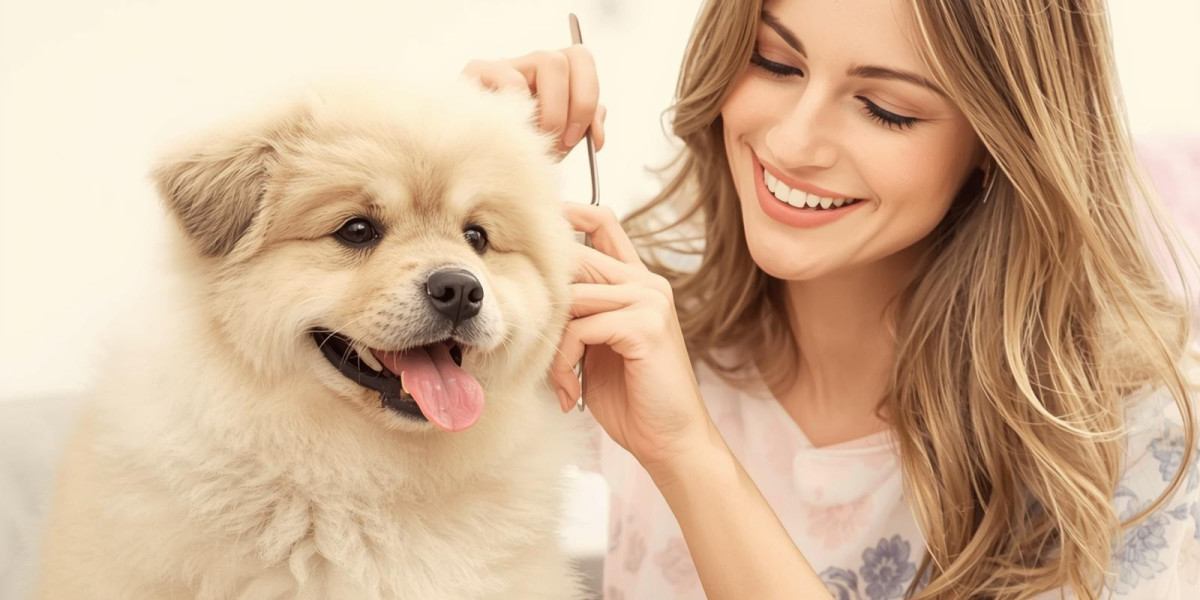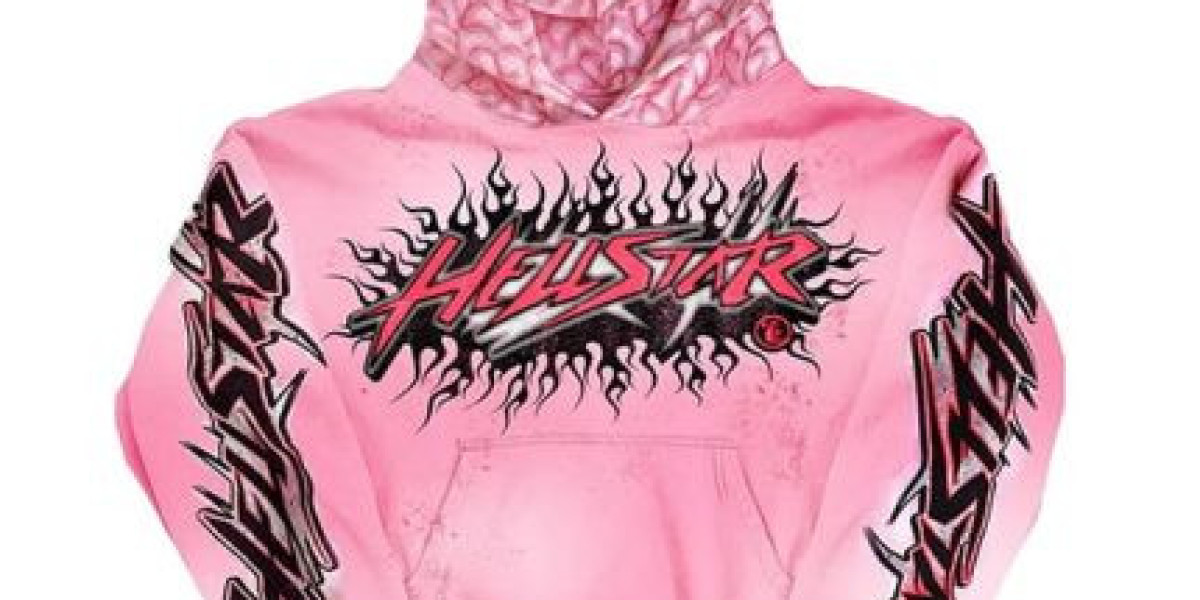When you bring a dog into your life, you don’t just add a pet—you gain a companion who quickly becomes part of your family’s rhythm. From weekend walks to muddy paws after rain, every shared moment carries a hint of love and chaos. And while those dirty paws or tangled coats might seem like small inconveniences, they’re reminders of why Dog Grooming matters so deeply.
Proper grooming isn’t about vanity—it’s about comfort, health, and care. Each brushstroke or nail trim is a small gesture of love, one that speaks louder than words ever could. But choosing the right tools can feel overwhelming, especially with so many breeds, coat types, and price points out there. Whether you live in a London flat with a French bulldog or a countryside home in Belgium with a golden retriever, this guide will help you find grooming tools that fit your dog’s needs and your budget.
Understanding the True Purpose of Grooming Tools
Grooming tools are not just accessories—they’re the instruments that maintain your dog’s well-being. A good brush or comb doesn’t just untangle fur; it stimulates the skin, distributes natural oils, and strengthens the bond between you and your dog.
Just like people, dogs have their preferences. Some enjoy a gentle brush after a walk; others squirm at the sight of clippers. Finding tools that suit both your dog’s comfort level and your grooming confidence makes the experience smoother for everyone involved.
The best grooming routines are not about perfection—they’re about consistency, care, and attention to detail. Once you understand your dog’s coat and temperament, choosing the right tools becomes intuitive.
Getting to Know Your Dog’s Coat Type
Every breed has its story told through its coat. Some are sleek and short, like the Italian greyhound’s; others are thick and lush, like the Newfoundland’s. Before you start buying brushes or clippers, it’s essential to know what kind of coat your dog has.
Short-haired breeds—like boxers, beagles, and dachshunds—need minimal grooming. A soft-bristle brush or grooming mitt is often enough to remove loose hair and keep their coats shiny.
Medium-length coats—think border collies or cocker spaniels—require more regular brushing to prevent tangles and maintain volume.
Long-haired or double-coated breeds, such as golden retrievers, huskies, and Afghan hounds, need dedicated tools to handle shedding, mats, and dense undercoats.
And then there are curly or wire-haired breeds—poodles, schnauzers, and terriers—that benefit from combs and trimming tools designed for texture and shape.
Each coat type tells you which grooming tools to prioritize, saving you from unnecessary purchases or mistakes.
Brushes: The Foundation of Every Grooming Routine
Brushing is often where the magic begins. It’s calming, rhythmic, and one of the simplest ways to show affection while caring for your dog’s coat.
Slicker brushes work wonders for detangling long or curly fur. Their fine, bent wires glide through knots without pulling too hard.
Pin brushes—great for fluffy coats—help maintain a natural, smooth finish.
Bristle brushes suit short-haired dogs, giving their coats a glossy, polished look.
Undercoat rakes are perfect for double-coated breeds that shed heavily.
No single brush fits all. Most dog owners eventually develop a small collection, using different brushes depending on the season or their dog’s shedding cycle. A few minutes of brushing several times a week not only keeps fur manageable but also strengthens your connection.
Combs and Detanglers: The Quiet Heroes
Combs might seem secondary, but they play a crucial role, especially for breeds prone to mats. After brushing, a comb helps you spot small tangles near the skin that brushes may miss.
Wide-tooth combs are excellent for long or thick coats, while fine-tooth combs are useful around delicate areas like the face or paws.
For curly coats, a detangling spray can soften the fur before combing, making the process smoother and less stressful. Remember: patience is key. Never yank through knots. Work gently from the tips upward, offering treats between sections. Your dog will quickly learn that grooming time means comfort, not tension.
Clippers and Scissors: Tools for Trimming and Style
Not every dog needs a full trim, but knowing how to handle basic clipping can save time and money. Clippers are ideal for breeds like poodles, schnauzers, and spaniels that need regular shaping.
If you’re new to trimming, start slowly. Use clippers with adjustable guards to prevent cutting too close to the skin. Keep blades sharp and clean to ensure smooth movement and avoid pulling hair.
Scissors are best for detailing—trimming around paws, ears, or tails. Invest in rounded-tip scissors for safety, especially if your dog tends to move suddenly.
And remember: your dog doesn’t need to look like it just stepped out of a salon. Grooming at home is about maintaining comfort, not chasing perfection.
Nail Care: A Small Detail with Big Impact
It’s easy to forget nails until you hear that soft click on the floor. Long nails can cause discomfort and even affect your dog’s posture. Regular trimming prevents these problems and keeps your dog’s paws healthy.
There are two main tools to consider:
Guillotine clippers, which cut the nail cleanly with minimal pressure.
Grinders, which gently file nails down and are ideal for nervous dogs.
If you’re hesitant, trim a little at a time. For dogs with dark nails, a flashlight helps you see where the quick (the blood vessel) begins.
Make nail care part of your routine instead of an occasional chore. Done with patience and praise, it can become one of the most peaceful grooming moments.
Ear and Eye Care: The Details That Define Comfort
Healthy ears and clear eyes are signs of a happy, well-groomed dog. Ears, especially in floppy-eared breeds, can trap moisture and lead to infections.
Use a gentle ear cleaner and a cotton pad to wipe visible dirt. Avoid inserting anything deep into the ear canal.
For eyes, soft wipes or a damp cloth work well for cleaning tear stains or dust. Always use different corners of the cloth for each eye to avoid spreading bacteria.
Small daily checks can prevent bigger issues down the road, especially for dogs that love swimming or rolling in grass.
Bathing Tools: Turning Bath Time into Bonding Time
Bathing isn’t just about removing dirt—it’s about resetting your dog’s skin and coat. However, too frequent baths can strip natural oils, while too few can lead to odor and itching.
A gentle dog shampoo, suited to your dog’s coat and skin type, is essential. Look for formulas that hydrate and soothe, especially for dogs with sensitive skin. A rubber grooming brush or bath mitt helps work shampoo through thick coats, ensuring even cleaning.
After the bath, use absorbent towels or a low-heat dryer designed for pets. Keep drying calm and gradual. Dogs pick up on your energy—if you’re relaxed, they’ll be too.
To make bath time easier, have everything prepared before you begin: shampoo, towel, treats, and a non-slip mat. Preparation turns chaos into calm.
Budgeting for Grooming: Quality Without Overspending
Good grooming doesn’t need to be expensive. What matters most is choosing tools that last, feel comfortable in your hand, and suit your dog’s specific needs.
Start with the essentials—a brush, comb, shampoo, and nail trimmer. As you build confidence, you can expand your toolkit gradually. Many high-quality yet affordable options can be found in collections like Dog Grooming, where you’ll find a range of tools for different coat types and care levels.
If your budget allows, professional grooming every few months can complement your home routine, especially for breeds that need precise trims. But with the right tools and patience, you can easily manage most care yourself.
Creating a Positive Grooming Routine
Even the best tools mean little without the right approach. Grooming isn’t something to rush through—it’s a rhythm you share with your dog.
Pick a quiet spot in your home, ideally with natural light. Play soft music if your dog is nervous. Start with short sessions—just brushing for a few minutes—and gradually build up. Always end on a positive note with praise or a small treat.
Dogs thrive on predictability. When grooming becomes part of their weekly routine, it shifts from a chore to a comforting ritual. You’ll notice your dog approaching you with excitement, not hesitation.
Common Mistakes to Avoid
Even with the right tools, it’s easy to make small missteps that lead to discomfort or frustration:
Using human products on dogs—these can irritate their skin.
Grooming too quickly or harshly—patience matters more than speed.
Ignoring coat changes—dogs shed differently depending on the season.
Forgetting emotional care—if your dog shows anxiety, slow down and reassure them.
The goal is always the same: comfort, trust, and consistency.
Frequently Asked Questions
How often should I groom my dog?
It depends on the breed and coat type. Short-haired dogs might need brushing once or twice a week, while long-haired or double-coated breeds benefit from grooming several times weekly.
Do I need professional grooming services?
It’s a personal choice. Many owners handle basic grooming at home, but professional groomers can manage complex trims or coat care. A combination of both often works best.
Can grooming improve my dog’s behavior?
Absolutely. Regular grooming keeps your dog comfortable, reduces irritation, and deepens trust. It’s a quiet time that strengthens your bond while helping you notice any early signs of skin or health issues.
Dog grooming is more than maintenance—it’s care, connection, and mindfulness. The right tools don’t just make your dog look good; they make your dog feel good.
Each session, each stroke, is an expression of affection and respect for the loyal companion who shares your life. Whether your budget is modest or generous, the secret lies not in how much you spend but in how much love and patience you bring to the process.
True grooming isn’t about polish—it’s about presence, empathy, and that simple, timeless bond between human and dog.








